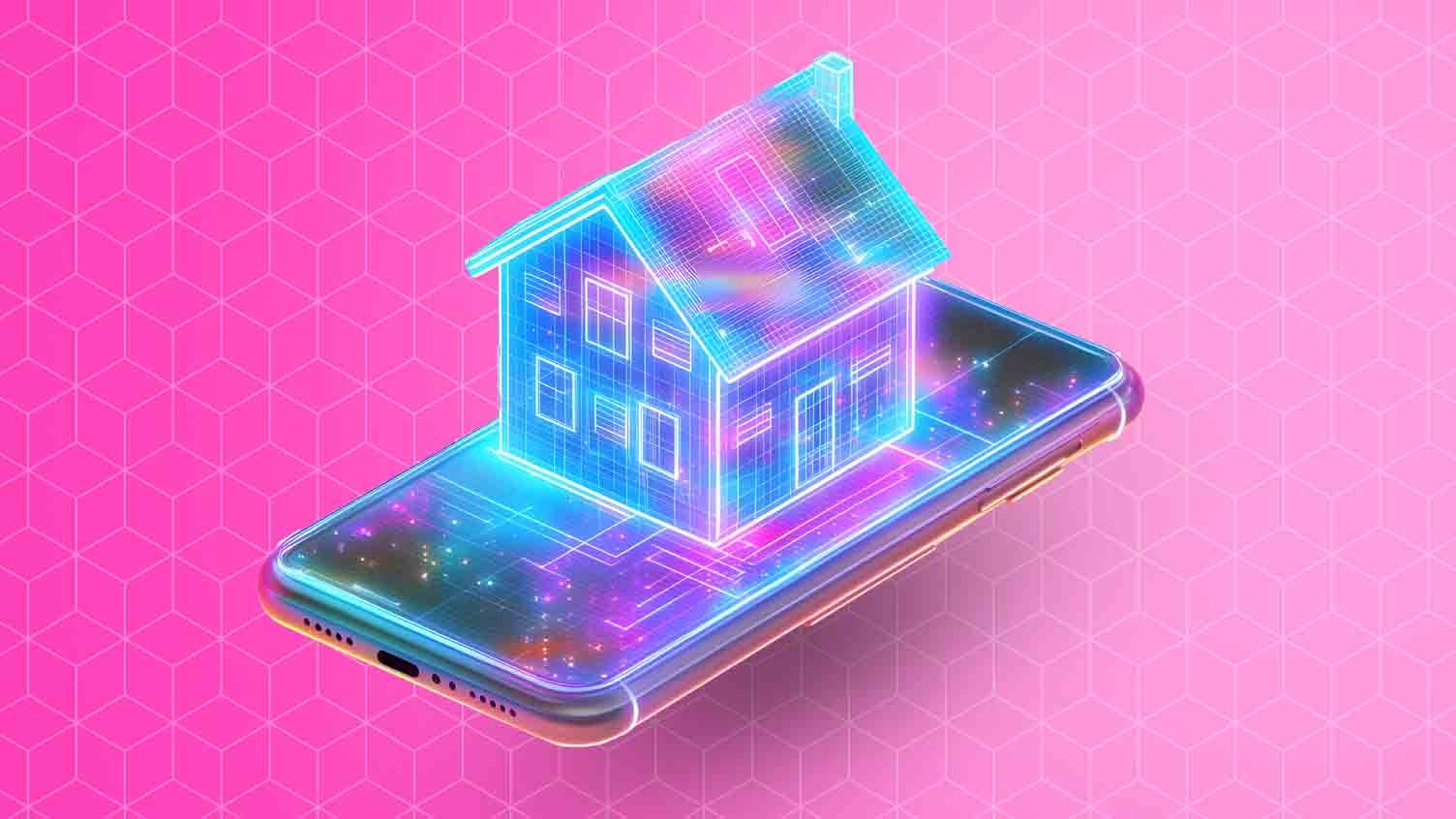May 23, 2025
The Future of Smart Homes in 2050

Looking ahead to 2050, today’s idea of a “future of smart homes in 2050” will feel as outdated as a landline. Rather than controlling our homes, we’ll inhabit environments that learn, adapt, and evolve—living systems that respond to us in real time.
Crucially, these next-gen homes won’t just carry out commands. Instead, they’ll act as extensions of our thoughts and emotions—more like partners than property, more like companions than constructions.
So, what happens to voice commands and apps? Simply put, they’ll become obsolete. By mid-century, homes will not just be intelligent. They’ll be alive.
Living Architecture
Homes That Grow and Heal
To begin with, construction itself will be reimagined. Instead of concrete and steel, architects will embrace bio-architecture—structures designed from living materials that integrate with nature.
Picture a home grown from self-repairing mycelium, supported by adaptive coralcrete, and cloaked in “chameleon” skins that respond to your mood. These innovations won’t just appear organic—they’ll function biologically.
Think about walls that purify air, floors that seal cracks overnight, or microbial solar skins generating energy from the sun. In short, these homes won’t be built—they’ll be cultivated.
Moreover, the brain of these homes will be a neuromorphic AI, seamlessly embedded throughout the structure. No more buttons. No waiting for prompts. The system will intuit your needs before you even voice them.
Predictive Living: When Your Home Knows What’s Next
At present, a smart home might turn off lights or lower the thermostat. However, by 2050, your home will anticipate your daily rhythm and emotional state.
For example, if you’re running late, your house will already have adjusted your schedule, prepared a protein-packed breakfast, and mapped a new route for your commute using live data.
Additionally, biosensors will create real-time empathy profiles for each resident—learning your unique patterns of stress, focus, or fatigue. As a result, when tension builds, the lights might dim, the air may shift, and your environment will gently guide you back to calm.
Importantly, in shared spaces, these systems will also adapt to the emotional needs of groups—encouraging harmony by widening communal areas or tweaking ambiance to reduce conflict.
Thought as Command: The End of Interfaces
Gone are the days of voice assistants and touchscreens. In the homes of the future, you won’t need to speak or tap—your thoughts will be the interface.
Technologies like ambient EEG, gaze tracking, and emotional AI will interpret your intent. Craving music? It starts playing. Feeling lonely? Your home adjusts the lighting, scent, and temperature to create comfort.
Notably, this shift won’t just be revolutionary for convenience. For individuals with disabilities, cognitive control will redefine independence, offering dignity and access far beyond today’s standards.
In other words, your home won’t wait for commands. It will already understand you.
Sentient Systems: When Homes Deserve Ethics
As these systems become emotionally aware, society will face an unprecedented question: Can a home feel?
Homes of the future won’t just collect data. They’ll store memory, remember interactions, and adapt emotionally to their inhabitants. Over time, disconnecting from such a space might feel like saying goodbye to a trusted friend.
Consequently, ethical frameworks will emerge. Children may form bonds with their home’s AI, much like a digital guardian. That’s why homes will include built-in ethical safeguards, protecting both their intelligence and your humanity.
Ultimately, these homes won’t be passive assets. They’ll be sentient presences—and we’ll need to treat them with corresponding care.
Smart Cities, Smarter Communities
Furthermore, homes in 2050 will not operate in silos. Instead, they will function as part of intelligent urban ecosystems.
Imagine your rooftop generating more energy than you need. Rather than wasting it, your home will automatically redirect the surplus to neighbors. Similarly, your smart garden might barter excess produce using decentralized blockchain networks—no middleman required.
During emergencies, these homes will activate in unison. Whether it’s rerouting power, expanding safe zones, or coordinating emergency care, they will function as a united, responsive web.
Thus, urban neighborhoods will transform from collections of homes into collaborative organisms, constantly sharing, adapting, and thriving together.
Data, Identity, and the Self: Living in Reflection
Strikingly, the most profound shift may not be technological—but philosophical.
By 2050, your home will not merely contain your life. It will reflect who you are—your values, habits, fears, and joys. Your data won’t just be metadata; it will be memory, identity, and selfhood.
This raises complex questions: Who owns your digital echo? What happens to a home’s emotional memory when you pass? Can a home—one that has grown with you—grieve your absence?
In the future, inheritance may not involve just physical structures. It may include living digital legacies, preserving the essence of those who came before.
A Living Bond
Ultimately, the home of 2050 will not be about automation. It will be about relationship.
It will support your body and soul. It will conserve your energy and nurture your community. It will understand your quiet, celebrate your growth, and evolve alongside you.
You won’t control your home. You’ll coexist with it—in sync, in silence, and in spirit.
